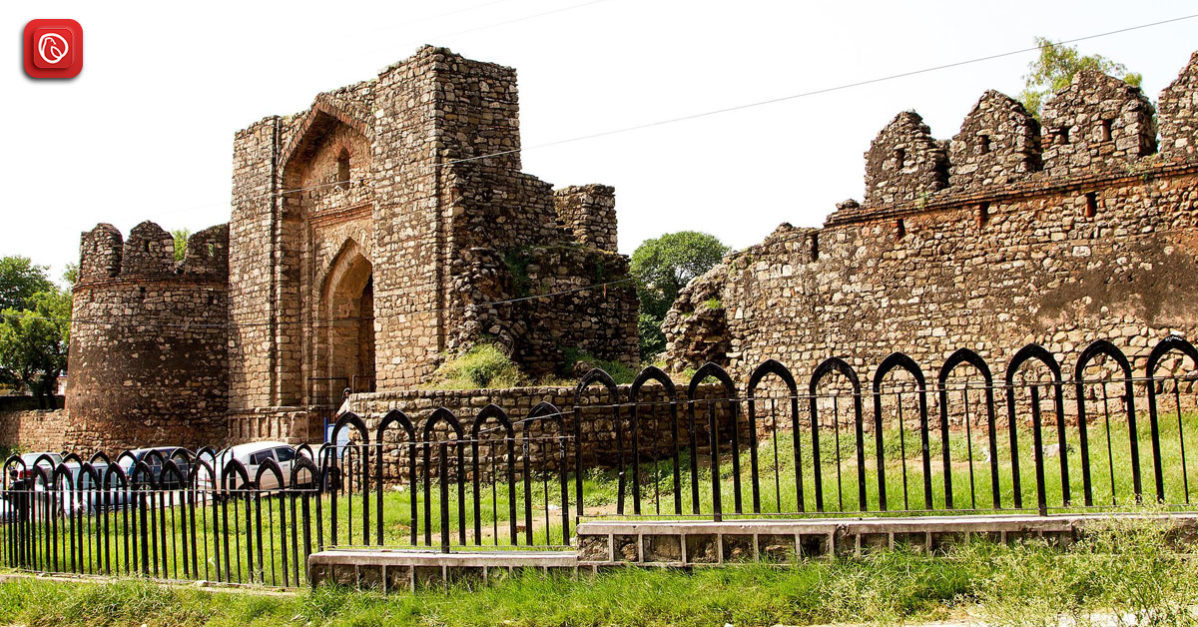
Rawat is a union council and town located in the capital of Pakistan, Islamabad. In the Mughal era and the Sikh authority that followed, Rawat was a fortified town in Punjab. It was a rest point for Sikh caravans travelling to Peshawar or Attock.
The British invasion force took Rawat after they had taken Gujrat from the fleeing Sikhs. Because of this triumph, the Sikhs eventually gave up their empire and Rawalpindi to the British. In this blog, Graana.com has provided a comprehensive account of all the information on Rawat.
Rawat is a town and union council within Pakistan’s Islamabad Capital Territory (ICT).
Here’s a breakdown of its location:
Rawat, a town and union council within Islamabad Capital Territory (ICT), Pakistan, is conveniently accessible by road and public transport.
Here’s how you can get there:
The easiest route to get to Rawat if you’re coming from Islamabad or Rawalpindi is to take the Grand Trunk Road (GT Road). Here is a summary of the path from Islamabad:
Public buses frequently ply between Islamabad, Rawalpindi, and Rawat. Here’s what you need to do:
With a rich history dating back to the early 15th century, Rawat Fort is towering in the middle of Pakistan’s Pothohar Plateau. Initially built by the Delhi Sultanate as a caravanserai (lodging for caravans), the fort gradually became a defensive stronghold.
Here’s a closer examination of Rawat Fort:
The fort’s name dates back to the 15th century and is derived from the Arabic term “Rabat,” which means “caravanserai.” Using the Grand Trunk Road, a significant commerce route, it functioned as an essential rest area for travellers and traders. The emergence of regional conflicts contributed to the fort’s transformation over time into a defensive construction.
Roughly square, the fort is protected by thick walls. Controlled entrance was made possible by two imposing gateways, one on the east and one on the north.
The remainder of the traveler’s quarters is along the fort’s inner walls. A three-domed mosque graces the western wing, while an octagonal mausoleum keeps guard in the northwestern corner.
The Ministry of Information, Broadcasting, and National Heritage of Pakistan is in charge of the Fort, which is recognized as a Punjab Cultural Heritage Site. Conservation measures are being undertaken to protect this historical site for the benefit of future generations.
The fort provides an insight into the past and architectural legacy of the area. Even though the specific tourist amenities could be clearer, touring the fort’s ruins and structure can be enlightening in terms of history.
Rawat Fort demonstrates the historical development of architecture and the shifting demands of the area. Its strategic location and metamorphosis from a caravanserai to a fort highlight the area’s significance as a commercial route and possible military checkpoint. If you are interested in Pakistan’s history and architecture, consider visiting the Fort.
Take in the rich cultural tapestry of the town. One reminder of the past is the old Rawat Fort. Further exploration of the local way of life can be done by visiting neighbouring villages such as Saagri or Mankiala, renowned for its stupa dating back to the second century.
Though deeply rooted in tradition, the town provides contemporary amenities. It is a functional town with all the necessary infrastructure and amenities. Numerous stores, eateries, and other establishments that meet your needs can be found.
This town is easily accessible due to its advantageous location between Islamabad and Rawalpindi. Because of its close vicinity, you can take advantage of Rawat’s more tranquil ambience while experiencing the exciting city life of Islamabad or Rawalpindi.
The town acts as a jumping-off point for exploring the environs. Throughout the day, visit historical sites like Rawat Fort or travel to places rich in culture like Islamabad and Rawalpindi.
Following are some of the top FAQs.
Pakistan’s Islamabad Capital Territory (ICT) includes the town of Rawat.
From Islamabad to Rawalpindi, this town can be reached by public bus or car along the Grand Trunk Road.
Rawat Fort is a historical site from the fifteenth century, formerly a caravanserai (traveller’s rest station), it’s a popular tourist destination.
Although Urdu and Punjabi are also widely spoken, Pothwari is the language most commonly spoken by the natives in Rawat.
No, Rawat is a town, albeit smaller than Rawalpindi and Islamabad, which are nearby.
The climate in Rawat is subtropical, with warm summers and moderate winters. Today, April 17, 2024, is a beautiful spring day with comfortable temps.
This was all about Rawat. For more information, visit Graana.com.
Amidst the lush valleys of the Malakand region in Khyber Pakhtunkhwa, Pakistan, lies the city…
Situated at the base of a hill with natural springs and shaded by a verdant…
Phool Nagar is in Pakistan's Punjab Province, in the Kasur District. It changed its name…
Amidst the fertile plains of Sindh province in Pakistan lies the captivating city of Sakrand.…
ISLAMABAD: In light of the special directives of the Prime Minister of Pakistan, the Capital…
The town of Hala, rich in history and craftsmanship and well-known for its exquisite, enamelled…